The Ultimate Guide to Rechargeable Batteries for Solar Lights in 2025
Solar lights have revolutionized eco-friendly outdoor lighting, illuminating gardens, pathways, patios, and landscapes with sustainable energy. At the core of these systems is the rechargeable battery, which stores solar energy to power lights through the night. Choosing the right battery—whether nickel metal hydride (NiMH), lithium iron phosphate (LiFePO4), or another type—requires understanding key factors like capacity, voltage, durability, and compatibility with your solar light models. This comprehensive guide explores the top five AA rechargeable batteries for solar lights in 2025, offering detailed insights into their performance, eco-friendly features, and practical tips to optimize your outdoor lighting experience. With enhanced readability and expanded content, this article aims to help you make informed decisions for brighter, longer-lasting solar illumination.
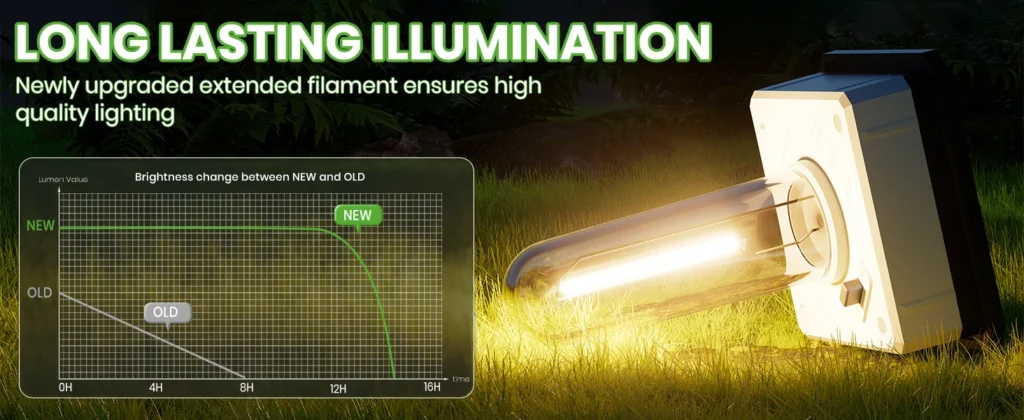
Why Choosing the Right Battery Is Essential
The efficiency and reliability of solar lights depend heavily on the quality of their rechargeable batteries. A battery with inadequate capacity (measured in milliamp-hours, or mAh) may result in dim or short-lived lighting, while an incompatible voltage can damage the light’s circuitry. Factors such as charge cycle durability, weather resistance, and environmental impact also influence performance. By selecting high-quality NiMH rechargeable batteries or other suitable types, you can ensure consistent illumination, reduce replacement frequency, and align with sustainable practices. This section delves into why battery selection matters and how it impacts your solar lighting setup.
Key Considerations for Battery Performance
- Capacity (mAh): Higher capacity batteries (e.g., 2000–2800 mAh) provide longer runtimes, ideal for lights that operate all night. Lower capacities (600–1300 mAh) suit smaller lights with modest power needs.
- Voltage Compatibility: Most solar lights use 1.2V NiMH batteries, but newer models may require 3.2V LiFePO4 or 3.7V lithium-ion batteries. Always verify your light’s voltage requirements to avoid damage.
- Charge Cycles: Batteries with high charge cycle counts (1000–2100) last longer, reducing the need for frequent replacements.
- Weather Resistance: Outdoor batteries must withstand temperature extremes, humidity, and precipitation. Look for weather-resistant designs for consistent performance.
- Eco-Friendliness: NiMH rechargeable batteries are free of toxic heavy metals like cadmium, making them a greener choice compared to older nickel-cadmium (NiCd) batteries.
Top 5 Rechargeable Batteries for Solar Lights in 2025
Below, we review five top-performing AA rechargeable batteries, focusing on their specifications, compatibility, and suitability for various solar lighting applications. Each option balances performance, affordability, and eco-friendliness to meet diverse user needs.
1. Panasonic Eneloop AA NiMH Batteries
Key Specifications:
- Capacity: 2000 mAh
- Voltage: 1.2V
- Charge Cycles: Up to 2100
- Compatibility: Most AA-powered solar lights
- Price Range: $15–$20 for a 4-pack
- Self-Discharge Rate: Retains 70% charge after 10 years
- Temperature Range: -4°F to 122°F
Panasonic Eneloop AA NiMH batteries are a gold standard for solar light applications due to their exceptional durability and low self-discharge rate. With a 2000 mAh capacity, they deliver 8–10 hours of reliable illumination, even during cloudy conditions. Their eco-friendly design, free of harmful heavy metals, aligns with sustainable lighting goals. Pre-charged with solar energy at the factory, they’re ready for immediate use, making them ideal for garden, pathway, or decorative solar lights.
Why Choose Eneloop?
- Long-Term Reliability: With up to 2100 charge cycles, these batteries offer years of consistent performance.
- Versatile Compatibility: Works with most AA-powered solar lights, from string lights to floodlights.
- Low Maintenance: Their low self-discharge rate ensures they retain charge during seasonal or intermittent use.
- Cold Weather Performance: Functions reliably in temperatures as low as -4°F, perfect for year-round outdoor use.
User Tip: Pair with a high-quality NiMH charger to maintain optimal performance and extend battery lifespan.
2. POWEROWL AA NiMH Batteries
Key Specifications:
- Capacity: 2800 mAh
- Voltage: 1.2V
- Charge Cycles: Up to 2000
- Compatibility: AA-compatible solar lights
- Price Range: $18–$25 for an 8-pack
- Warranty: 3 years
- Temperature Range: -22°F to 140°F
POWEROWL’s high-capacity 2800 mAh NiMH rechargeable batteries are designed for power-intensive solar lights requiring extended runtime. Capable of powering lights for up to 12 hours, they’re ideal for large gardens, driveways, or commercial landscapes. Their weather-resistant construction ensures durability in rain, snow, or heat, while a 3-year warranty provides added confidence.
Why Choose POWEROWL?
- High Capacity: The 2800 mAh rating supports long-lasting illumination for demanding applications.
- Durability: Up to 2000 charge cycles reduce replacement costs over time.
- Eco-Friendly: Made without toxic materials, aligning with sustainable lighting practices.
- Versatility: Compatible with a wide range of AA-based solar lights, including spotlights and lanterns.
User Tip: Clean your solar panels regularly to maximize charging efficiency, especially when using high-capacity batteries like POWEROWL.
3. Tenergy Solla Premium AA NiMH Batteries
Key Specifications:
- Capacity: 1300 mAh
- Voltage: 1.2V
- Charge Cycles: Up to 2000
- Compatibility: AA-powered solar lights
- Price Range: $10–$15 for an 8-pack
- Temperature Range: -40°F to 122°F
- Self-Discharge Rate: Retains 85% charge after one year
Tenergy Solla Premium batteries offer a cost-effective solution for standard solar lighting needs. With a 1300 mAh capacity, they provide 6–8 hours of illumination, making them suitable for pathway lights, small garden fixtures, or decorative lanterns. Their robust design withstands extreme temperatures and humidity, ensuring reliable performance in diverse climates.
Why Choose Tenergy Solla?
- Affordability: Budget-friendly without compromising quality, ideal for large-scale installations.
- Weather Resistance: Performs well in harsh conditions, from freezing winters to hot summers.
- Low Self-Discharge: Retains charge during periods of inactivity, perfect for seasonal lights.
- Compatibility: Works with most AA-based solar lights, offering flexibility for various setups.
User Tip: Store these batteries in a cool, dry place during winter to prevent capacity loss in extreme cold.
4. HQRP LiFePO4 AA Batteries
Key Specifications:
- Capacity: 1200 mAh
- Voltage: 3.2V
- Charge Cycles: Up to 2000
- Compatibility: Specific 3.2V solar light models
- Price Range: $20–$30 for a 4-pack
- Warranty: 200 days
- Temperature Range: -4°F to 140°F
HQRP’s LiFePO4 AA batteries are tailored for advanced solar lights requiring 3.2V power. With a 1200 mAh capacity, they provide 6–8 hours of stable illumination and excel in extreme temperatures due to their thermal stability. Built-in safety features, such as protection against short circuits and overcharging, make them a premium choice for high-performance solar systems.
Why Choose HQRP?
- Specialized Compatibility: Ideal for newer solar lights designed for LiFePO4 batteries.
- Safety Features: Protects against common battery issues, enhancing system longevity.
- Weather Resilience: Performs reliably in extreme heat or cold, suitable for challenging climates.
- Long Lifespan: Up to 2000 charge cycles ensure years of dependable use.
User Tip: Verify your solar light’s voltage requirements, as LiFePO4 batteries are not compatible with 1.2V systems.
5. AmazonBasics AA NiMH Batteries
Key Specifications:
- Capacity: 2000 mAh
- Voltage: 1.2V
- Charge Cycles: Up to 1000
- Compatibility: Most AA-powered solar lights
- Price Range: $12–$18 for an 8-pack
- Self-Discharge Rate: Retains 80% charge after two years
AmazonBasics AA NiMH batteries offer an affordable entry point for solar light users. With a 2000 mAh capacity, they provide 8–10 hours of illumination, suitable for everyday applications like garden or pathway lighting. While their charge cycle durability (1000 cycles) is lower than premium options, their low cost and pre-charged design make them a practical choice for budget-conscious users.
Why Choose AmazonBasics?
- Cost-Effective: Affordable pricing for reliable performance in standard solar lights.
- Eco-Friendly: Free of toxic materials, supporting sustainable lighting solutions.
- Convenience: Pre-charged for immediate use, reducing setup time.
- Broad Compatibility: Works with most AA-based solar lights, from string lights to motion sensors.
User Tip: Pair with a smart charger to monitor charge levels and prevent overcharging, extending battery life.
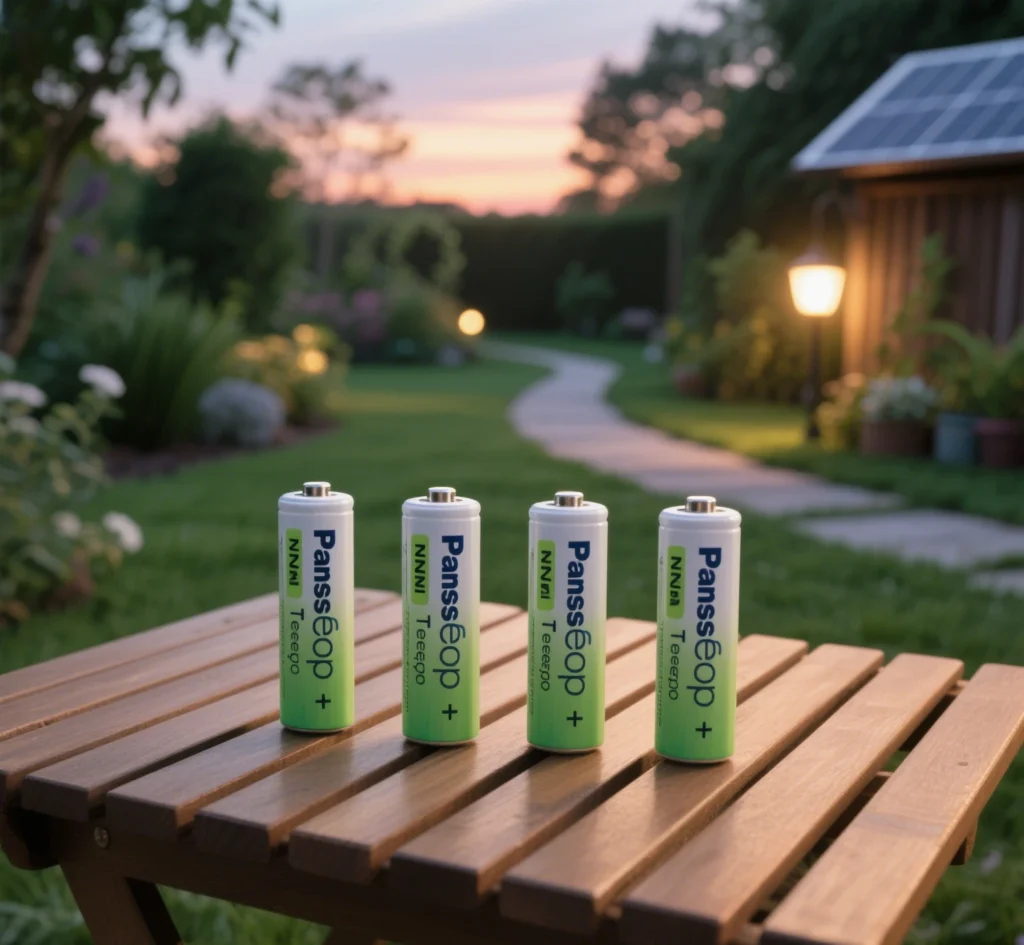
How to Choose the Best Rechargeable Battery for Your Solar Lights
Selecting the ideal battery involves balancing performance, compatibility, and cost. Below are key factors to consider, along with practical tips to ensure optimal results.
1. Match Battery Capacity to Your Needs
- High-Capacity Needs (2000–2800 mAh): Choose batteries like POWEROWL or Panasonic Eneloop for lights requiring 8–12 hours of runtime, such as floodlights or large garden fixtures.
- Moderate Needs (600–1300 mAh): Opt for Tenergy Solla or similar for smaller lights, like pathway markers or decorative lanterns.
- Tip: Check your solar light’s manual for recommended mAh ratings to avoid under- or overcharging.
2. Ensure Voltage Compatibility
- Most solar lights use 1.2V NiMH batteries, but newer models may require 3.2V LiFePO4 or 3.7V lithium-ion batteries.
- Using an incorrect voltage can damage the light’s circuitry or reduce performance.
- Tip: Consult the manufacturer’s specifications or product label before purchasing.
3. Choose the Right Battery Type
- NiMH Rechargeable Batteries: Eco-friendly, resistant to memory effect, and compatible with most AA and AAA solar lights. Ideal for general use.
- LiFePO4 Batteries: Offer superior lifespan and thermal stability but require specific 3.2V compatibility. Best for advanced solar systems.
- Nickel-Cadmium (NiCd): Less common due to environmental concerns but durable for older models. Avoid unless specified by the manufacturer.
- Lithium-Ion (Li-ion): High energy density but less common in solar lights due to cost and charging complexity.
- Tip: Prioritize NiMH for most applications due to its balance of performance and sustainability.
4. Prioritize Charge Cycle Durability
- Batteries with 1000–2100 charge cycles (e.g., Eneloop, POWEROWL) offer longer lifespans, reducing replacement costs.
- Tip: Look for batteries with high cycle counts if you use your solar lights daily.
5. Opt for Weather-Resistant Designs
- Outdoor batteries must withstand rain, snow, and temperature fluctuations. NiMH and LiFePO4 batteries are typically more resilient.
- Tip: Choose batteries rated for wide temperature ranges (e.g., -40°F to 140°F) for year-round reliability.
6. Consider Brand Reliability
- Reputable brands like Panasonic, POWEROWL, Tenergy, and HQRP offer consistent quality and often include warranties (1–3 years).
- Tip: Read user reviews on platforms like Amazon to gauge real-world performance.
Practical Tips for Purchasing and Maintaining Rechargeable Batteries
To get the most out of your solar light batteries, follow these actionable tips for purchasing, installation, and maintenance.
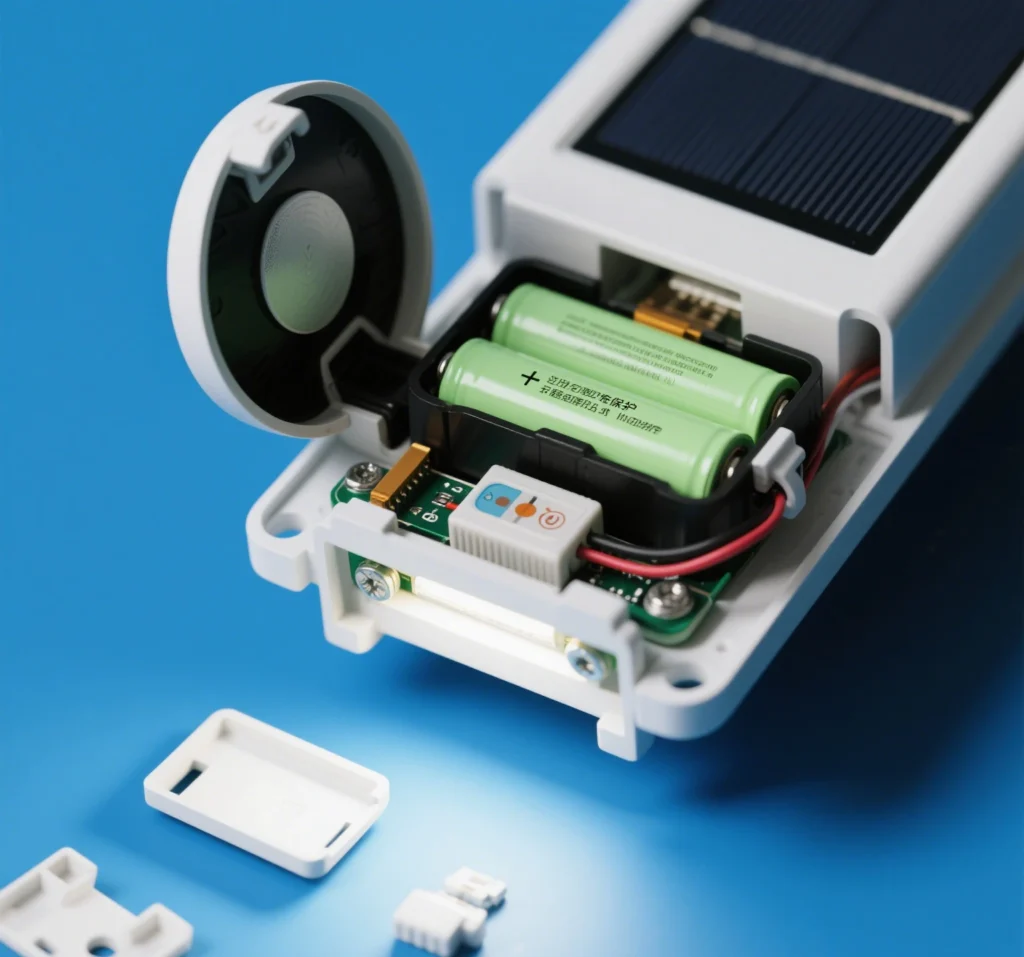
Purchasing Tips
- Verify Compatibility: Check your solar light’s manual or manufacturer’s website for required battery size (AA, AAA, etc.), voltage, and type. For example, post cap lights may require 3.2V LiFePO4, while string lights typically use 1.2V NiMH.
- Choose High mAh for Long Runtime: Select 2000 mAh or higher for lights needing 8+ hours of illumination. For smaller lights, 600–1300 mAh is sufficient.
- Opt for Low Self-Discharge Batteries: These retain charge during periods of inactivity, ideal for seasonal or vacation home lighting.
- Buy from Trusted Retailers: Shop at Amazon, Best Buy, or manufacturer websites to ensure authenticity and avoid counterfeit products.
- Consider Bulk Purchases: 8- or 12-packs reduce cost per battery and provide spares for future replacements.
- Look for Pre-Charged Options: Pre-charged batteries, like Eneloop or AmazonBasics, are ready for immediate use, saving time.
Maintenance Tips
Monitor Battery Health: Replace batteries that no longer hold a charge or show signs of leakage to maintain optimal performance.
Clean Solar Panels Regularly: Remove dirt, dust, or snow to maximize charging efficiency. Use a damp cloth and mild detergent for best results.
Position Lights Strategically: Place solar lights in areas with 6–8 hours of direct sunlight to ensure full battery charging.
Store Batteries Properly: During winter or prolonged cloudy periods, remove batteries and store them in a cool, dry place (50–77°F) to prevent deep discharge.
Use the Right Charger: For external charging, use a charger designed for NiMH or LiFePO4 batteries to avoid damage.
Avoid Over-Discharging: Use batteries with built-in protection circuits or install low-voltage disconnect modules to prevent complete discharge, which can shorten lifespan.
Comparing Battery Types: NiMH vs. LiFePO4 vs. Others
To help you choose, here’s a comparison of the main battery types used in solar lights:
| Battery Type | Pros | Cons | Best For |
|---|---|---|---|
| NiMH | Eco-friendly, low self-discharge, wide compatibility, resistant to memory effect | Lower energy density than Li-ion | Most AA/AAA solar lights, budget-conscious users |
| LiFePO4 | Long lifespan, thermal stability, safety features | Higher cost, specific 3.2V compatibility | Advanced solar lights, extreme climates |
| NiCd | Durable, low cost | Contains toxic cadmium, memory effect | Older solar light models (phasing out) |
| Li-ion | High energy density, lightweight | Expensive, complex charging needs | Rare in solar lights, high-end applications |
Recommendation: For most solar lighting needs, NiMH rechargeable batteries offer the best balance of performance, affordability, and environmental impact. LiFePO4 is ideal for specialized applications requiring higher voltage or extreme durability.
Troubleshooting Common Battery Issues
Even with high-quality batteries, issues can arise. Here’s how to address common problems:
- Dim or Flickering Lights: Likely due to insufficient battery capacity or dirty solar panels. Clean panels and consider upgrading to a higher mAh battery (e.g., POWEROWL 2800 mAh).
- Short Runtime: May indicate a low-capacity battery or insufficient sunlight. Reposition lights for better sun exposure or switch to a higher-capacity battery.
- Battery Not Charging: Check for panel obstructions or use a compatible external charger to test the battery. Replace if it fails to hold a charge.
- Inconsistent Performance: Could be due to mismatched voltage or battery type. Verify compatibility with your light’s specifications.
Environmental Benefits of Rechargeable Batteries
Using rechargeable batteries in solar lights supports sustainability by:
- Reducing Waste: Rechargeable batteries last for hundreds or thousands of cycles, minimizing the need for disposable batteries.
- Lowering Toxic Impact: NiMH and LiFePO4 batteries are free of harmful substances like cadmium, unlike NiCd batteries.
- Harnessing Solar Energy: Pairing rechargeable batteries with solar lights maximizes the use of renewable energy, reducing reliance on fossil fuels.
Tip: Recycle old batteries at designated facilities (e.g., electronics stores or recycling centers) to further reduce environmental impact.
Conclusion
Selecting the right rechargeable battery for your solar lights is crucial for achieving bright, reliable, and eco-friendly outdoor illumination. Whether you choose the high-capacity POWEROWL AA NiMH batteries, the durable Panasonic Eneloop, the budget-friendly Tenergy Solla, the specialized HQRP LiFePO4, or the affordable AmazonBasics, each option offers unique benefits tailored to different needs. By focusing on battery capacity, voltage compatibility, charge cycle durability, and weather resistance, you can ensure your solar lights perform optimally for years. Follow the purchasing and maintenance tips provided to maximize battery lifespan and keep your outdoor spaces beautifully lit. Embrace the power of NiMH rechargeable batteries and sustainable solar technology to create a greener, brighter future.



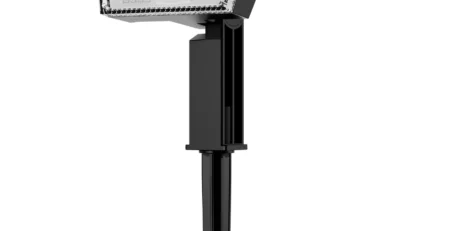
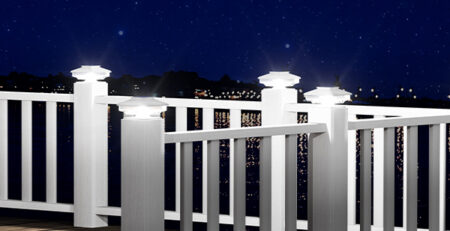
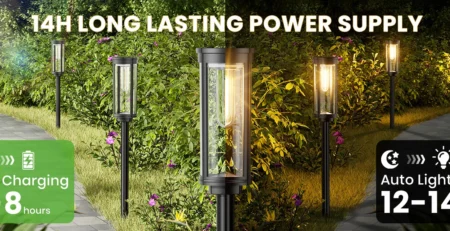
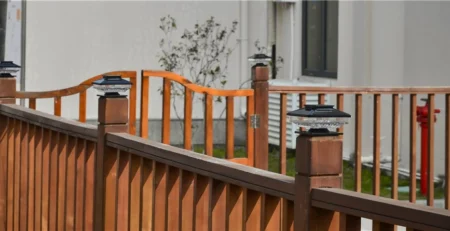

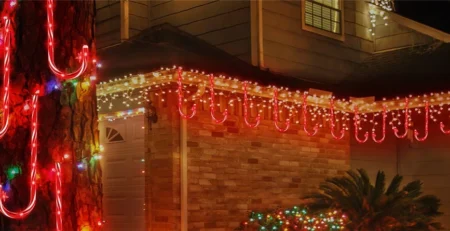
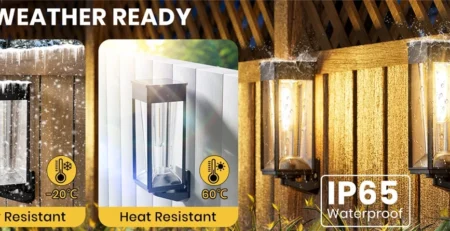

Leave a Reply